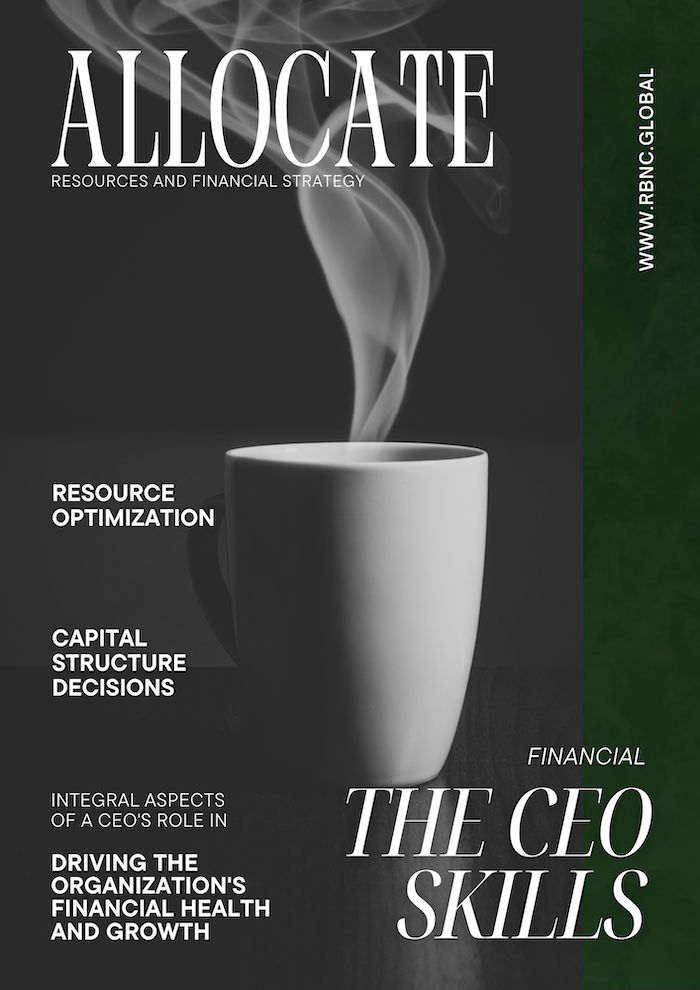Turning Challenges into Opportunities - The CEO Skills
Exceptional CEOs possess the ability to transform challenges into opportunities for growth, innovation, and positive change. They view setbacks as learning experiences and leverage their leadership skills to guide the organization through adversity, emerging stronger and more resilient. In this section, we'll explore the multifaceted dimensions of turning challenges into opportunities that define exceptional CEO leadership.
Innovative Thinking:
CEOs who excel in turning challenges into opportunities foster a culture of innovation within the organization.
- Encouraging Creativity: These CEOs encourage employees to think outside the box, generating new ideas and solutions to address challenges.
- Resource Allocation: Exceptional CEOs allocate resources to support innovation projects that arise from tackling challenges.
- Learning from Failure: CEOs view failures as stepping stones to innovation, learning valuable lessons that can lead to breakthroughs.
Learning Orientation:
CEOs skilled in turning challenges into opportunities maintain a learning-oriented mindset.
- Continuous Improvement: These CEOs prioritize continuous improvement, using challenges as catalysts for refining processes and operations.
- Adaptive Strategies: Exceptional CEOs adjust strategies based on lessons learned from challenges, ensuring the organization is better prepared in the future.
- Knowledge Sharing: CEOs facilitate knowledge sharing across the organization, allowing teams to learn from each other's experiences and solutions.
Collaborative Problem-Solving:
CEOs who prioritize turning challenges into opportunities engage teams in collaborative problem-solving.
- Cross-Functional Teams: These CEOs assemble diverse teams to tackle challenges, leveraging various perspectives and expertise.
- Brainstorming Sessions: Exceptional CEOs organize brainstorming sessions to generate innovative ideas and solutions collectively.
- Feedback Incorporation: CEOs value and incorporate employee feedback, showing that their insights contribute to finding solutions.
Adaptive Strategy:
CEOs who excel in turning challenges into opportunities adjust their strategies based on lessons learned.
- Flexibility: These CEOs remain flexible in their approach, willing to pivot and adapt strategies based on emerging opportunities.
- Risk-Taking: Exceptional CEOs encourage calculated risk-taking, exploring new avenues that could lead to positive outcomes.
- Long-Term Vision: CEOs align strategies with the organization's long-term vision, ensuring that opportunities are pursued with a sustainable perspective.
Embracing Change:
CEOs skilled in turning challenges into opportunities recognize that change is a constant in business.
- Change Management: These CEOs implement effective change management strategies to navigate challenges smoothly and minimize disruptions.
- Cultural Shifts: Exceptional CEOs use challenges as catalysts for cultural shifts, fostering a culture of agility, resilience, and innovation.
- Anticipating Change: CEOs proactively anticipate changes in the business landscape, positioning the organization to capitalize on emerging opportunities.
Conclusion:
Turning challenges into opportunities is a hallmark of exceptional CEO leadership. CEOs who encourage innovative thinking, maintain a learning orientation, promote collaborative problem-solving, adapt strategies, and embrace change create a culture where challenges become stepping stones to growth and success. By guiding the organization through adversity with resilience and strategic vision, CEOs ensure that their teams thrive in a dynamic business environment, uncovering new possibilities and realizing their full potential.
Back to: Chapter 6: Managing Challenges and Risks









